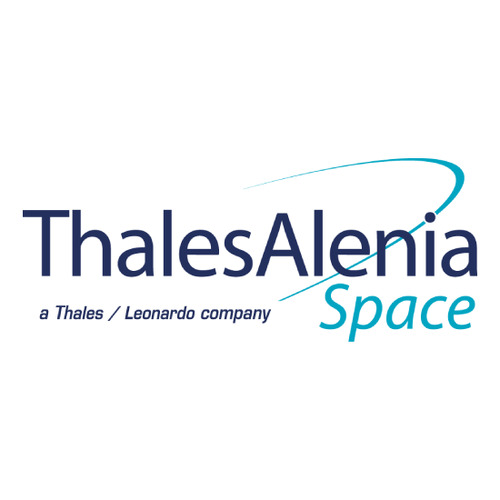MEOLUT Next confirme en 2017 un niveau de performance sans équivalent
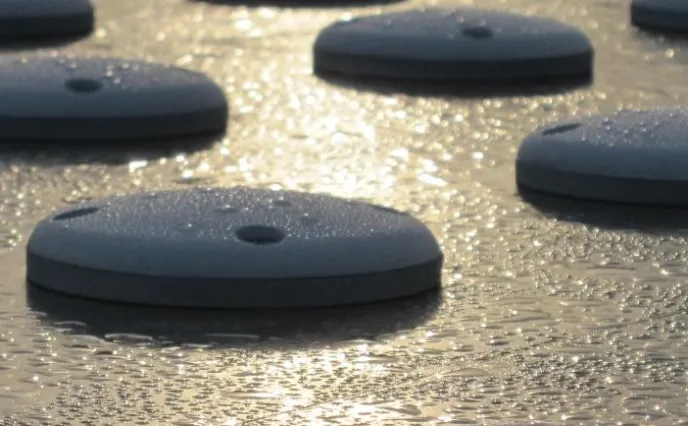
MEOLUT Next confirme en 2017 un niveau de performance sans équivalent
The latest COSPAS/SARSAT demonstration & evaluation tests of the MEOSAR service have proven the ability of the MEOLUT Next system in France to detect distress signals from a test beacon in Miami, Florida, over 5,000 kilometers away! These tests clearly showed the power of MEOLUT Next signal correlation algorithms, coupled with an ability to track all satellites in view of the phased array antenna. The MEOLUT Next system regularly provides geolocation of distress signals from the Gulf of Mexico, Arctic Ocean and Red Sea.
In short, Thales Alenia Space’s breakthrough technology has proven its ability to deliver unprecedented performance, and therefore help the COSPAS/SARSAT Search & Rescue service (MEOSAR) save time and money, and save even more lives.
What's COSPAS/SARSAT?
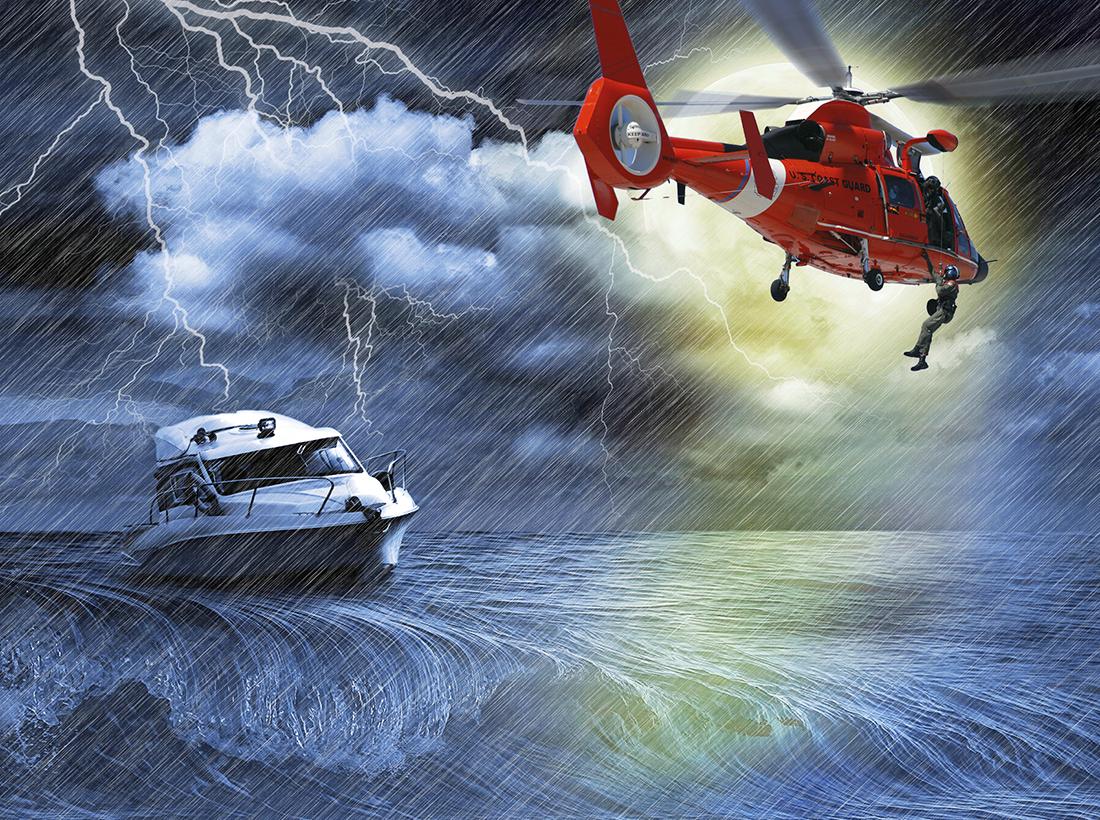
COSPAS/SARSAT is an intergovernmental organization founded by Canada, the United States, Russia and France. In operation since 1985, it provides a free global Search & Rescue service, using the infrastructures from 43 countries worldwide. French space agency CNES is the official French representative for this organization. Today, some 500,000 ships and 150,000 aircraft are equipped with COSPAS/SARSAT distress beacons, allowing them to use this service. The service has saved more than 37,000 lives since the outset.
How does COSPAS/SARSAT work?
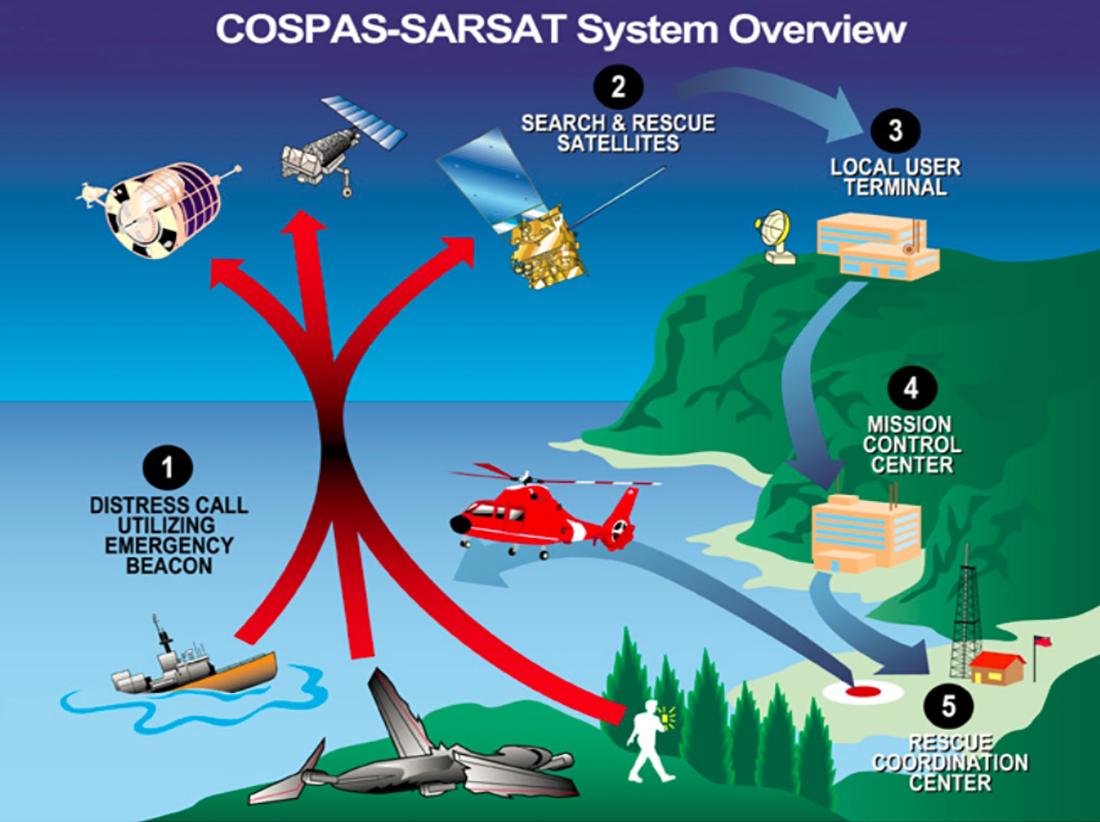
Until now, this system has called on secondary payloads on observation satellites in both low Earth orbit (LEOSAR), which will be reaching end-of-life towards 2020, and geostationary Earth orbit (GEOSAR). Satellites in medium Earth orbit (MEOSAR), with secondary payloads mounted on GPS, Galileo and Glonass positioning system satellites, will then take over this task, improving performance, precision and responsiveness.
The MEOSAR approach
Thales Alenia Space's MEOLUT Next solution
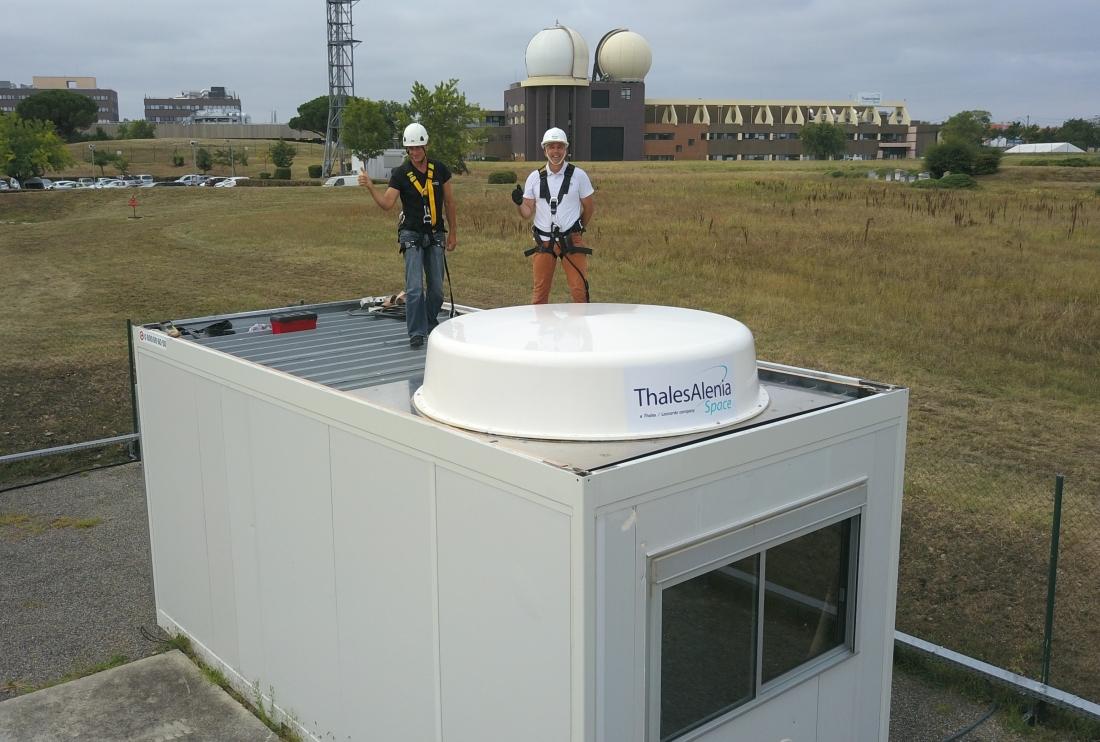
Thales Alenia Space's solution uses compact active antennas comprising 64 patches. These antennas are fitted with a high-performance RF (radio frequency) unit, for upstream digitizing of the signal, followed by a highly innovative algorithmic beamforming processing method.
Conventional MEOLUT systems, each fitted with six large parabolic antennas in an area about the size of a football field, are capable of receiving signals from six satellites (one per antenna). Thales Alenia Space's MEOLUT Next solution, with its small antennas located in less than 6 square meters, tracks up to 30 satellites, thus significantly enhancing the distress beacon detection rate, while also expanding the coverage zone. Furthermore, since there are no mechanical components in these antennas, hardware maintenance costs are the lowest on the market.
Offering greater accuracy and performance, while also being easier to deploy and maintain, the MEOLUT Next solution from Thales Alenia Space boosts the overall performance of the global COSPAS/SARSAT system.
Saving three lives in the Mediterranean
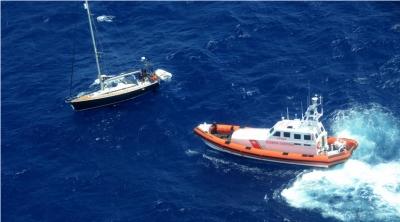
On July 2, 2017 at 6:30 am, a 12-meter sailboat with three people aboard triggered its COSPAS/SARSAT beacon when its rudder broke and its engine failed. The three people quickly realized they were in a critical situation, since they were 70 kilometers away from Sardinia, their VHF radio was unable to reach a receiver, the waves were over four meters high and the wind was blowing at 40 knots.
But MEOLUT Next was able to receive and process their distress signals in less than five minutes, providing very accurate positioning. An airplane identified the boat less than two hours after the beacon was triggered, and a helicopter airlifted the crew to safety within a few hours, saving all three lives.
This latest episode once again demonstrated the powerful capabilities of the COSPAS-SARSAT Search & Rescue service.
New MEOLUT Next video:
Video: © Thales Alenia Space/LE-LOKAL
